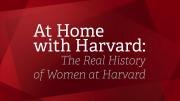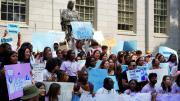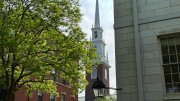This round-up is part of Harvard Magazine’s series “At Home with Harvard,” a guide to what to read, watch, listen to, and do while social distancing. Read the prior pieces, featuring stories about Harvard’s Arnold Arboretum, famous and not-so-famous Harvardians in the movies, the climate crisis, and more, here.
Women have always been a part of Harvard’s history, if not always recognized for it. Here, we’ve curated a selection of Harvard Magazine stories on women’s history that we think you’ll find informative and often surprising, covering the admission of women, the Harvard-Radcliffe merger, the rise of women in the faculty ranks, Harvard’s first woman president, and more. Our Vita section also regularly features remarkable women from Harvard’s past, including this issue’s portrait of Cecilia Payne-Gaposchkin, the “most famous astronomer you've never heard of.” Or this profile of Adella Hunt Logan, the African-American activist who strove to make space for black women in the women’s suffrage movement.
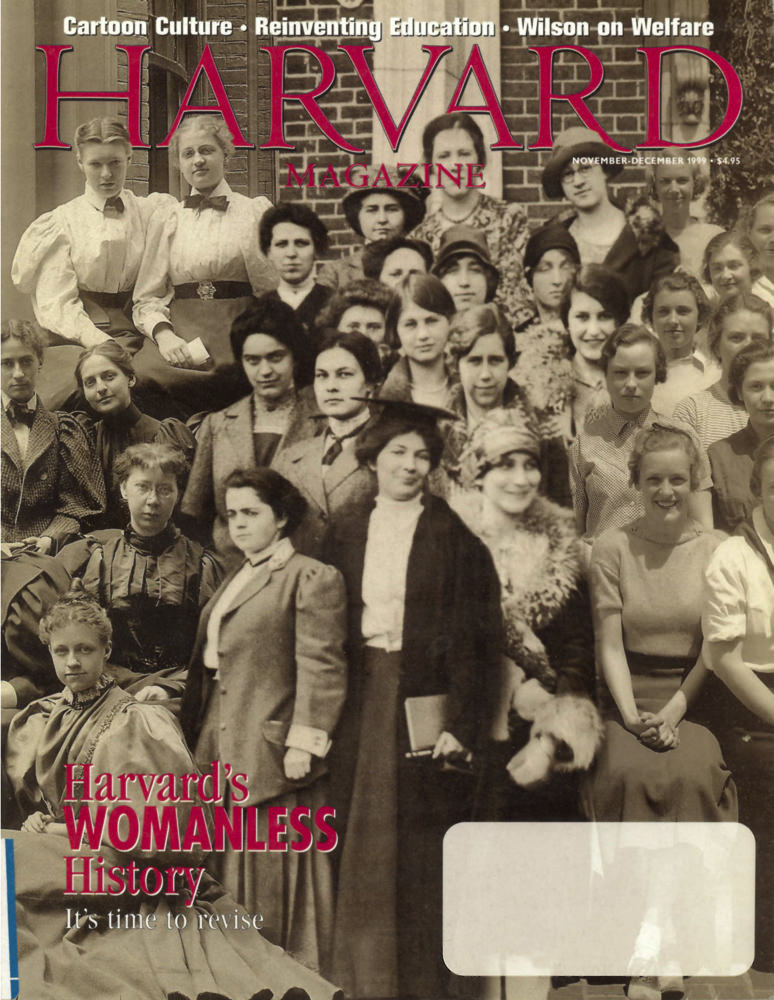
A composite of Radclife College classes through the years: 1896, 1912, 1931, and 1935 on the cover of the November-December 1999 issue of Harvard Magazine
From the Radcliffe Institute, Harvard University. Photomontage by Jim Gipe
“One could argue that Radcliffe was founded not so much to promote the education of women—which could have been accomplished through coeducation—as to protect the maleness of Harvard students.” In “Harvard's Womanless History,” Pulitzer Prize- and Bancroft Prize-winning professor Laurel Thatcher Ulrich writes about the realities of women’s roles in Harvard’s history, and how so much is misunderstood and unknown. Ulrich’s article is a must-read for anyone, as her words are a reminder that women deserve to have a place in the University’s past, present, and future.
~Kristina DeMichele, Digital Content Strategist
A “women’s center” might sound like a relic of the feminist movement of the 1960s and ’70s, when colleges were gender-segregated and women were for a time prevented from going into the same libraries as men. I loved editing “Women at Work,” an essay by Harvard Magazine Ledecky Fellow Julie Chung ’20, and an intern at the Harvard College Women’s Center, about what the women’s center represents to her in 2020. When I was a student, I remember the women’s center being a space of warmth and care, where you always felt at home, on an otherwise fiercely competitive campus. “The success of twentieth-century feminism has enabled young women like me to attend an integrated Harvard College and enter Harvard’s traditionally masculine spheres and spaces,” Julie writes. “Yet these same spaces often undervalue traditionally feminine traits like emotional care—an important expression of my personal identity as a woman.” Contemporary feminism has also moved beyond a focus just on inequities between women and men, she adds, and toward new understandings of gender that embrace trans and other nonbinary identities—all of which the women’s center plays a role in.
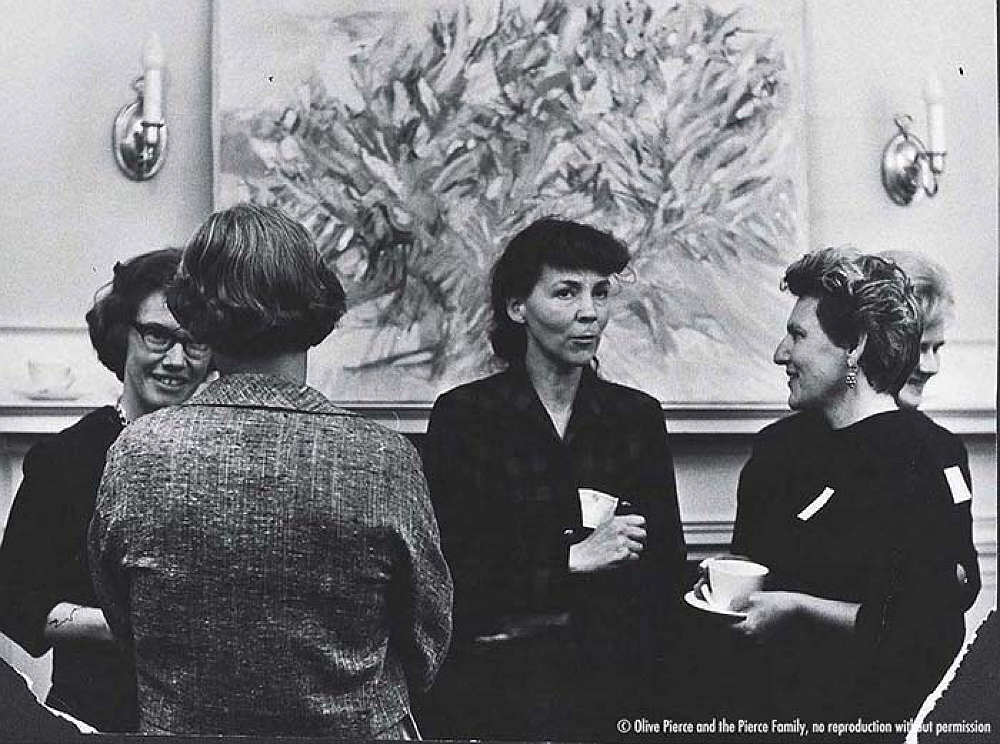
Bunting Fellows in conversation, circa 1964-1972; Tillie Olsen, holding a cup, is at right.
Photograph by Olive Pierce (circa 1964-1972). Copyright © the Pierce family. Schlesinger Library, Radcliffe Institute, Harvard University
I really loved “The ‘Messy Experiment',” our sensitive review of Maggie Doherty’s (Ph.D. ’15) book on a group of women participating in an early 1960s fellowship program at Radcliffe, designed as an “intellectual lifeline to talented women whose careers had been sidetracked by marriage and children.” These mid-century women “operated as a hinge between the 1950s and 1960s, between a decade of women's confinement and a decade of women's liberation,” Doherty writes. Susan Ware’s (Ph.D. ’78) review provides an astute account of both the possibilities and limitations of these women’s lives, who were born just too early to fully benefit from the dawning women’s liberation movement. Last year, I also had the pleasure of reviewing Ware’s new history of the suffragist movement.
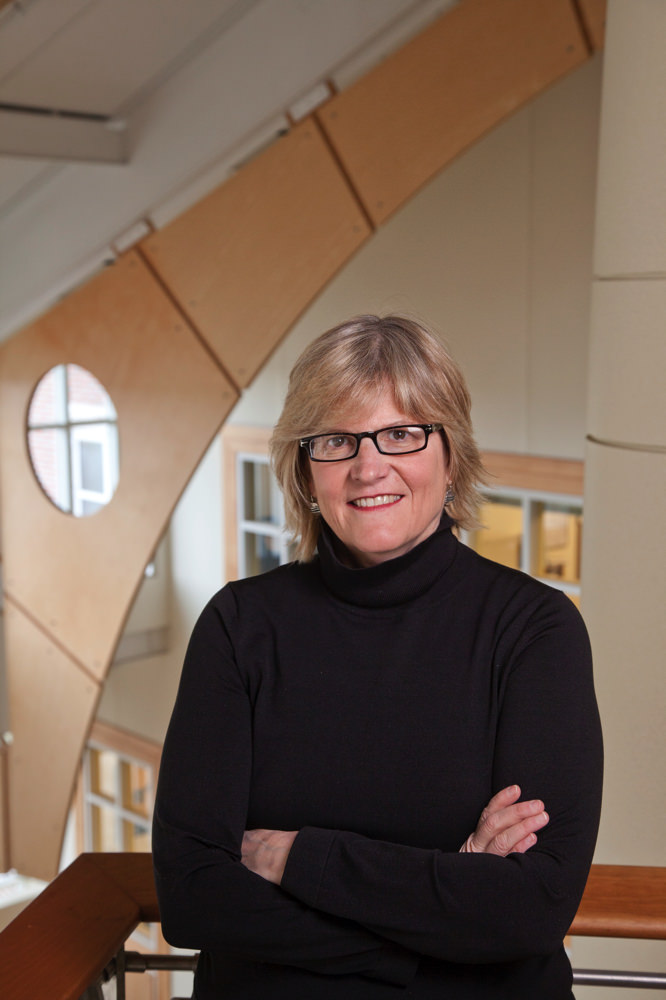
Clayton Spencer, a contributor to The Chronicle’s forum on women in the academy
Photograph courtesy of Bates College
Maggie Doherty, now an expository writing preceptor, and other Harvard women scholars contributed to a 2018 Chronicle of Higher Education special issue on women in the academy, excerpted by Harvard Magazine here. Doherty writes: “As the years went by, and I advanced toward the Ph.D., the rules for women became more numerous, and the box for acceptable behavior grew smaller still. Do be an approachable teacher, but don’t be too friendly with your students, or they’ll take advantage of you. Don’t wear a dress to your MLA [Modern Language Association] interview; you’ll be in a hotel room, possibly proximate to a bed, and men won’t be able to stop themselves from sexualizing you. At your job talk, be sure to say ‘thank you’ after each question; men shouldn’t do this—they would appear obsequious—but women must (or so a female faculty member advised me).”
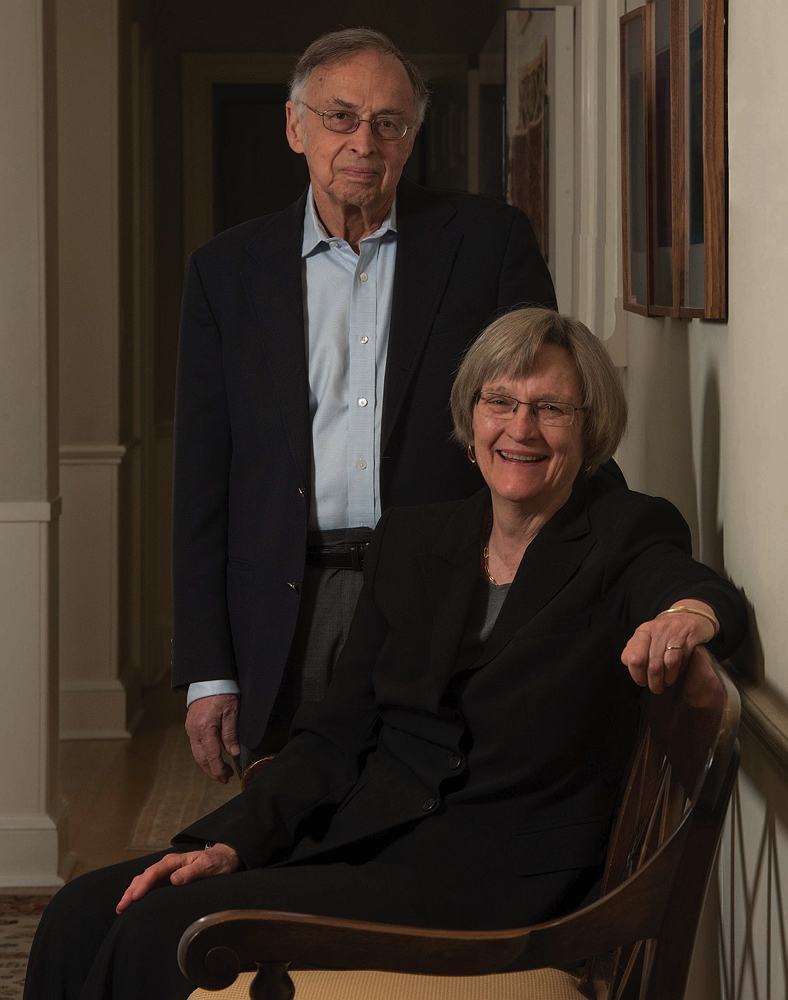
Drew Gilpin Faust and her husband, Charles Rosenberg, at Massachusetts Hall, May 9, 2018
Photograph by Jim Harrison
I interacted with Drew Faust, Harvard’s only woman president, who led the University from 2007 to 2018, from time to time as a student working at The Harvard Crimson. I was skeptical of those in power and often disagreed with her, but I was always struck by her fluency and intellect; it was clear that she was a remarkable woman who strove to understand voices in every corner of the Harvard community. Here, find Harvard Magazine editor John Rosenberg’s definitive profile of Faust written just as she was stepping down from the presidency.
~Marina Bolotnikova, Associate Editor
Serena Mayeri ’97—an accomplished Ledecky Fellow at the magazine, who took an early interest in Radcliffe—has pursued a distinguished career as professor of law and history at the University of Pennsylvania. In “Two Women, Two Histories,” we were delighted to have her return to our pages in 2007, with a thought-provoking look at the lives and careers and close brushes with Harvard Law School of two utterly different women leaders: Pauli Murray (after whom Yale has now named one of its new undergraduate residences) and Phyllis Schlafly, A.M. ’45. Mayeri’s essay illuminates both the breadth of women’s history in twentieth-century America, and what that meant for Murray and Schlafly as “they both, in their own different ways and to very different ends, sought and exercised power.”
~John Rosenberg, Editor
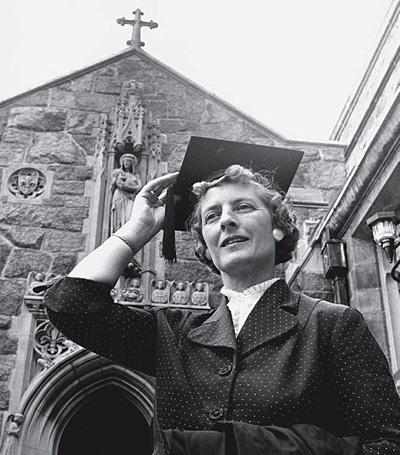
In 1957, bachelor of divinity Emily Gage became the school's first woman graduate.
W.H. Tobey / Harvard News Office
In 1893, an alumni proposal reached the Divinity School, requesting that women be allowed to enroll. It took 60 years for the proposal to be granted by the Harvard Corporation, and in 1955, eight women joined the HDS ranks. In “A Shift in the Created Order,” Ann Braude, director of the Women’s Studies in Religion Program, traces the resistance women faced in gaining admittance. It’s a fascinating read, featuring now-baffling quotes by a series of institutional leaders.
In 1998, a group of Radcliffe alumnae gathered to discuss the status of their alma mater. In the meeting, one alumna stood and repeated a question a friend had asked: “Are you going to be ‘Pembroked’?” The group wanted to make sure that Radcliffe, unlike Pembroke—Brown’s coordinate women’s college—didn’t fade from public consciousness. The development of the Radcliffe Institute for Advanced Study, detailed in the informative story “Radcliffe’s Rebirth,” suggests that Radcliffe’s influence will continue.
~Jacob Sweet, Staff Writer/Editor
More from “At Home with Harvard”
- Spring Blooms: Your guide to accessing the Arnold Arboretum as the seasons turn in Boston
- Harvard in the Movies: Our favorite stories about Harvardians on screen
- The Literary Life: Our best stories about the practice and study of literature
- Night at the Museum: Our coverage of Harvard’s rich museums and collections
- Nature Walks: Walking, running, and biking in Greater Boston’s green spaces, even while social distancing
- Supporting Local Businesses: Our extensive coverage of local restaurants and retailers, and how you can support them during this time of crisis
- Medical Breakthroughs: Our best stories going deep into the ideas and personalities that will shape the medical care of tomorrow
- Rewriting History: From race and colonization to genetics and paleohistory, our favorite stories about the people reshaping the study of history
- The Climate Crisis: Highlights from our wide-ranging coverage of the environment
- Crimson Sports Illustrated: With 2020 winter sports ending early and the spring collegiate season wiped out almost entirely, we look back at Crimson highlights from past years.
